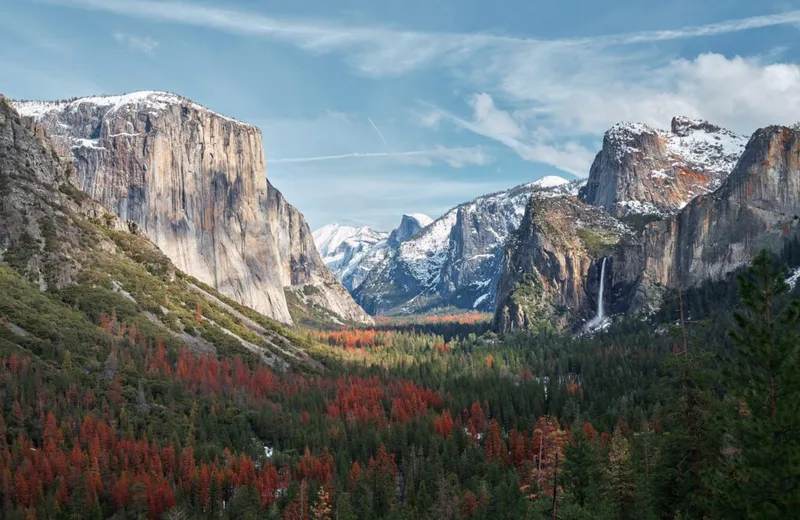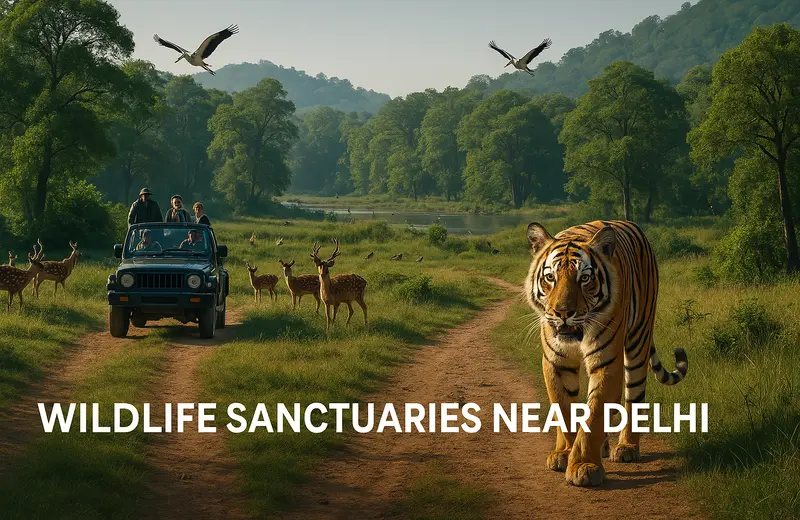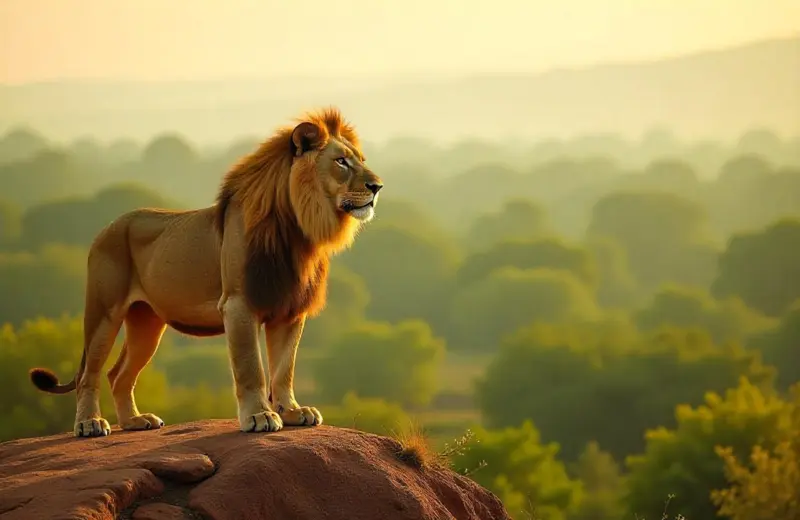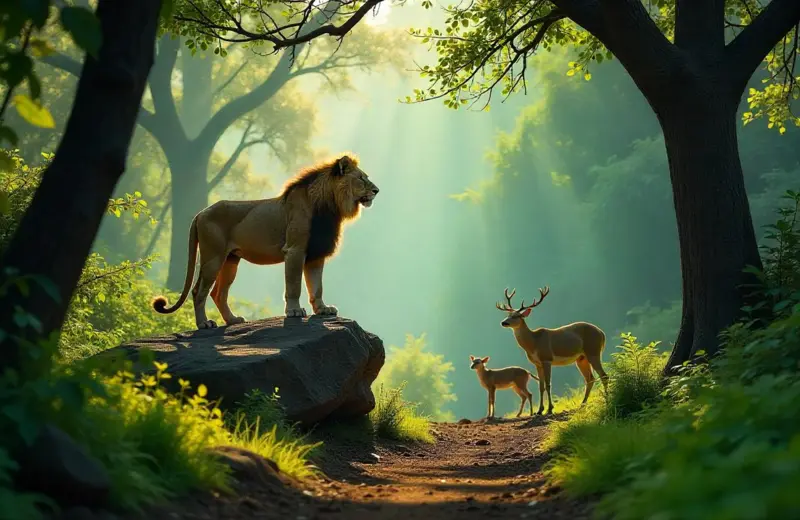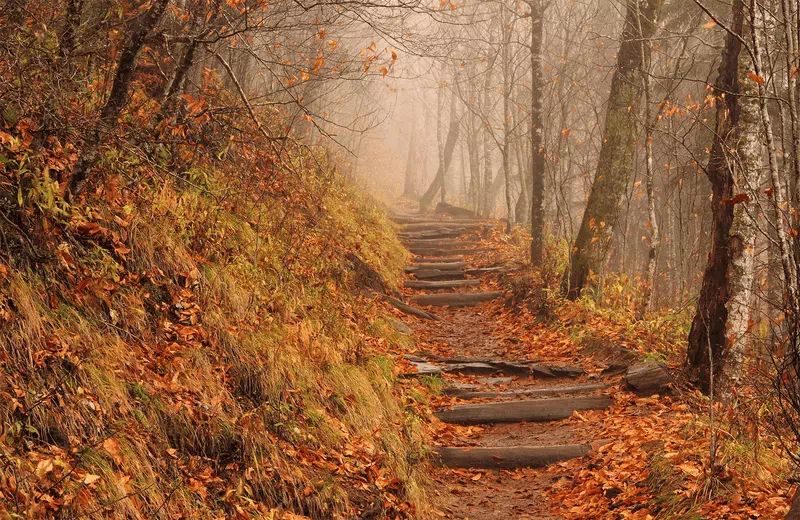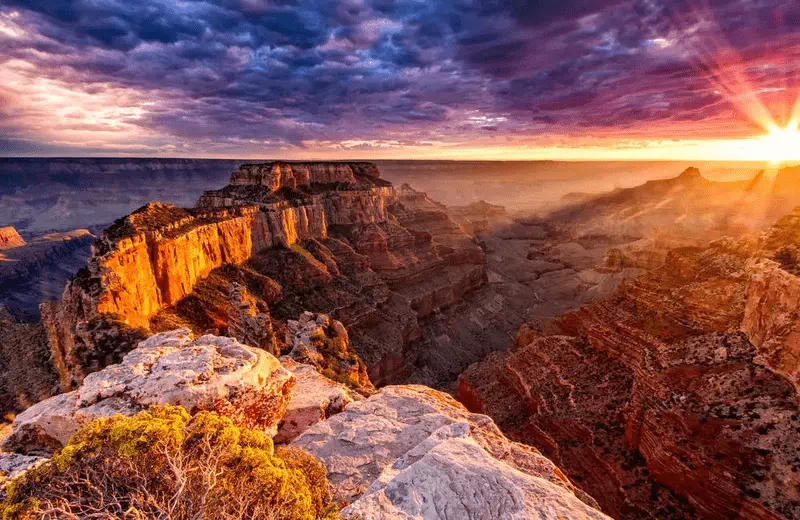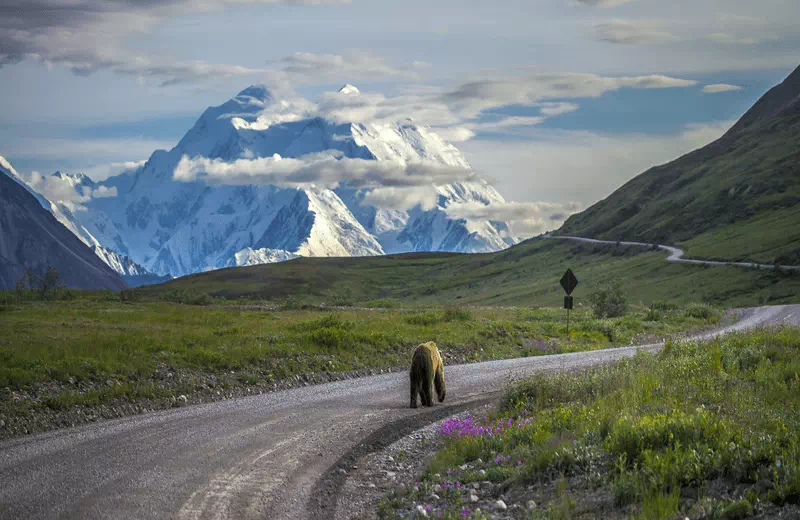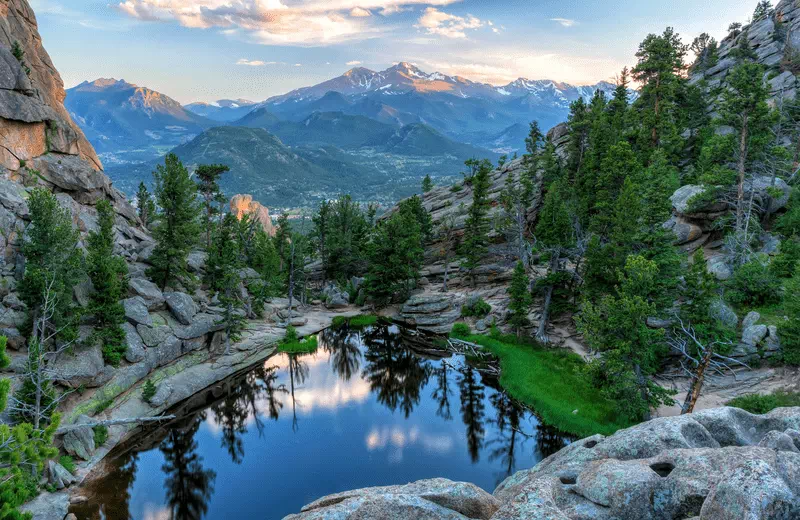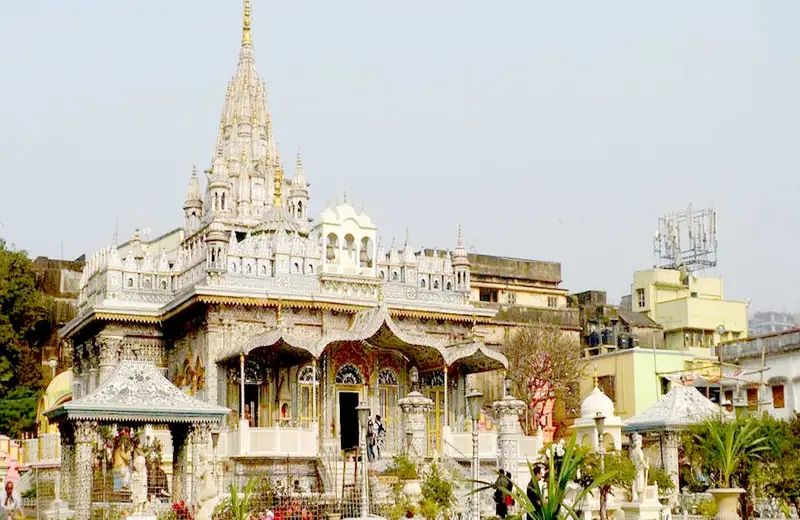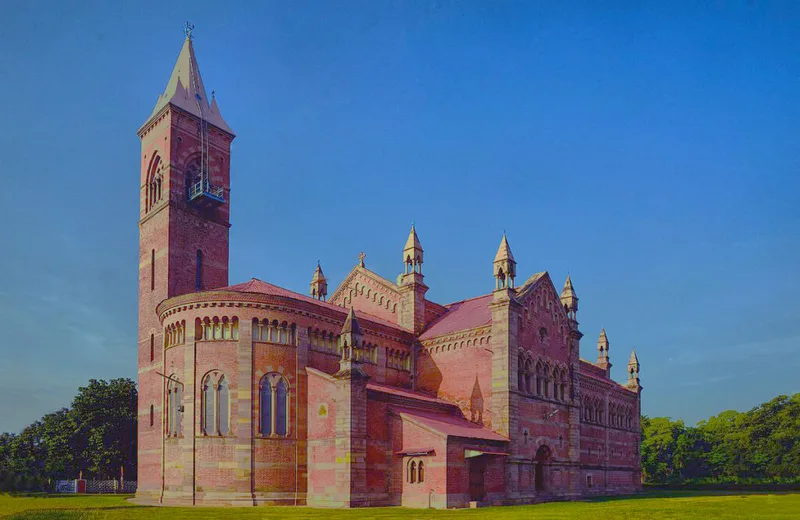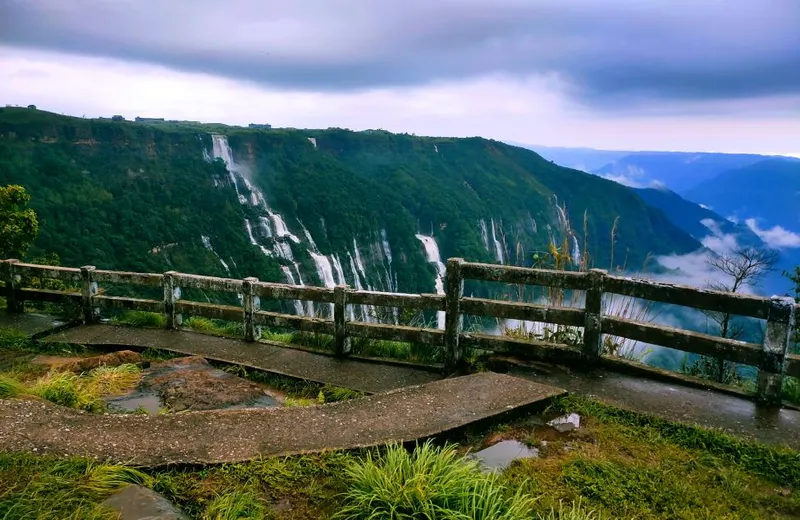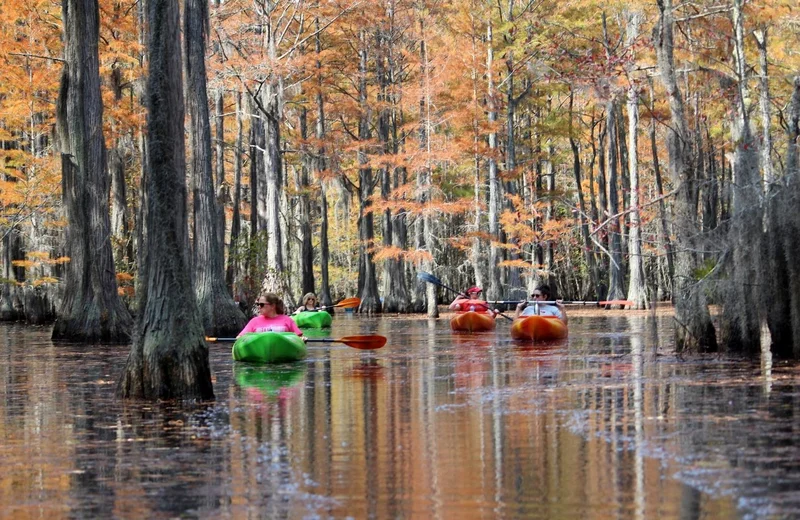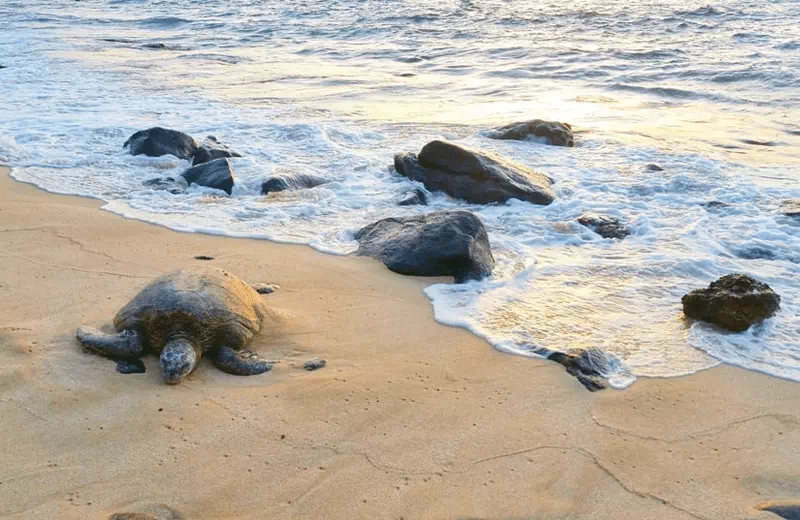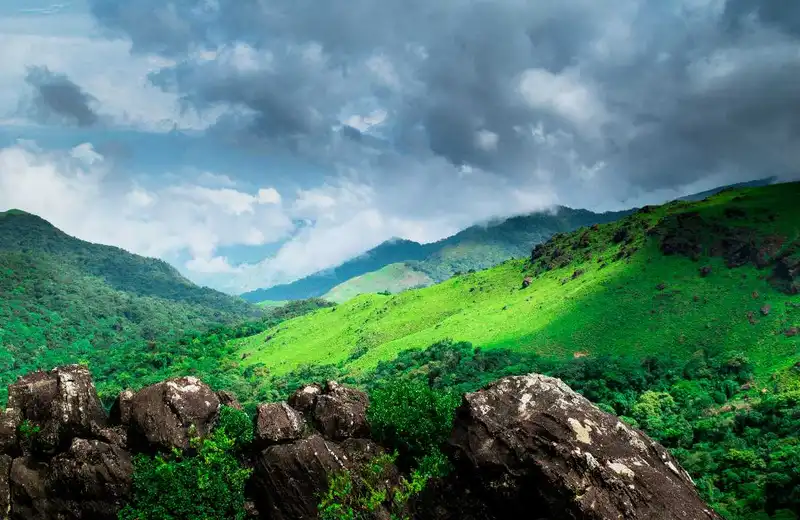Grand Canyon National Park (Arizona, United States)
Today we are going to talk about the Grand Canyon National Park. The National Park is located in Coconino and Mohave counties, Arizona, United States. The central feature of Grand Canyon National Park is the Grand Canyon, part of the Colorado River, which is often regarded as one of the wonders of the world. The National Park received more than six million recreational visitors in 2017, the second-highest count of all-American national parks after the Great Smoky Mountain National. So let's find out more about Grand Canyon National.
Grand Canyon National Park
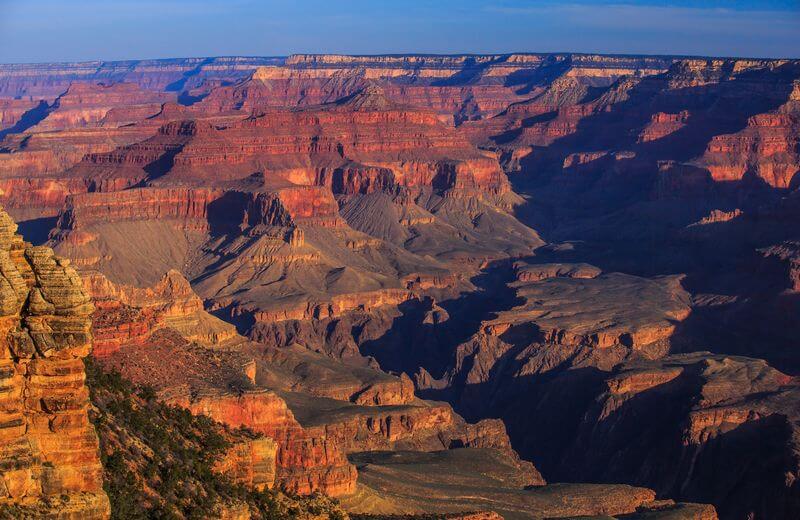
Grand Canyon National Park the Grand Canyon was designated a World Heritage Site by UNESCO in 1979. The National Park celebrated its 100th anniversary on February 26, 2019. In 1979, UNESCO declared this National Park as a World Heritage Site. This National Park is known for its wide range of tributary systems, combining its size, depth and open layers of colored rocks dating from Precambrian times.
Grand Canyon National Park is headquartered in Grand Canyon Village, not far from the southern entrance to the park, one of the most popular views. Most tourists arriving at this national park are on the South Rim on Arizona State Route 64. And enjoy the park located on Kaibab Plateau and Walhalla Plateau, directly across the Grand Canyon from the main visitor areas on the South Rim.
The primary visitor service area is in Grand Canyon National Park. It is a full service community, consisting of housing, fuel, food, souvenirs, a hospital, churches and trails and guided walks. According to the Köppen climate classification system, this National park climate includes five climate zones named Cold Semi-Arid (BSk), Humid Continental Dry Cool Summer (Dsb), Humid Continental Dry Warm Summer (Dsa), Warm Summer Mediterranean (Csb) and Hot Summer Mediterranean. Mule rides are also available at Grand Canyon National Park, which travels to various locations, including several thousand feet down the valley. Many visitors to this National Park choose to use a variety of hiking trails, including the Widforss Trail, Uncle Jim's Trail, the Transept Trail, and the North Kaibab Trail, which can be traversed in the latter part of the Colorado River. Owing to the ownership dispute between the Hopi and Navajo, the US government stopped the development of 1.6 million acres, including the Grand Canyon National Park, from 1966 to 2009, during the Bennett Freeze. The Grand Canyon Association is the official nonprofit partner of the service on this National Park.
It raises private funds to benefit the National Park by running retail outlets and visitor centers within Grand Canyon National Park and providing educational opportunities for the region's natural and cultural history. Grand Canyon National Park has elevation spawning, spreading from about 2,000 feet to over 8,000 feet, allowing tourists to experience different weather conditions. As a result, the temperature usually rises 5.5 degrees with each 1,000-foot loss in elevation.
There are about 1000 caves within this National Park, and of these, 335 have been recorded. Today, only one cave is open to tourists. The most dangerous animal on the Grand Canyon National Park is a rock squirrel. From Bighorn Sheep and California Condors to Gila Monsters, this National Park has a great collection of wildlife. But it is a squirrel that causes the most trouble. Every year, dozens of tourists bite when they try to feed these animals. To be safe, do not feed anything by reaching any animal found at Grand Canyon Park. A World Heritage Site is located on Grand Canyon National Park, Where rocks, plants, wood and artifacts should be left, so that other tourists can enjoy them in the future.





